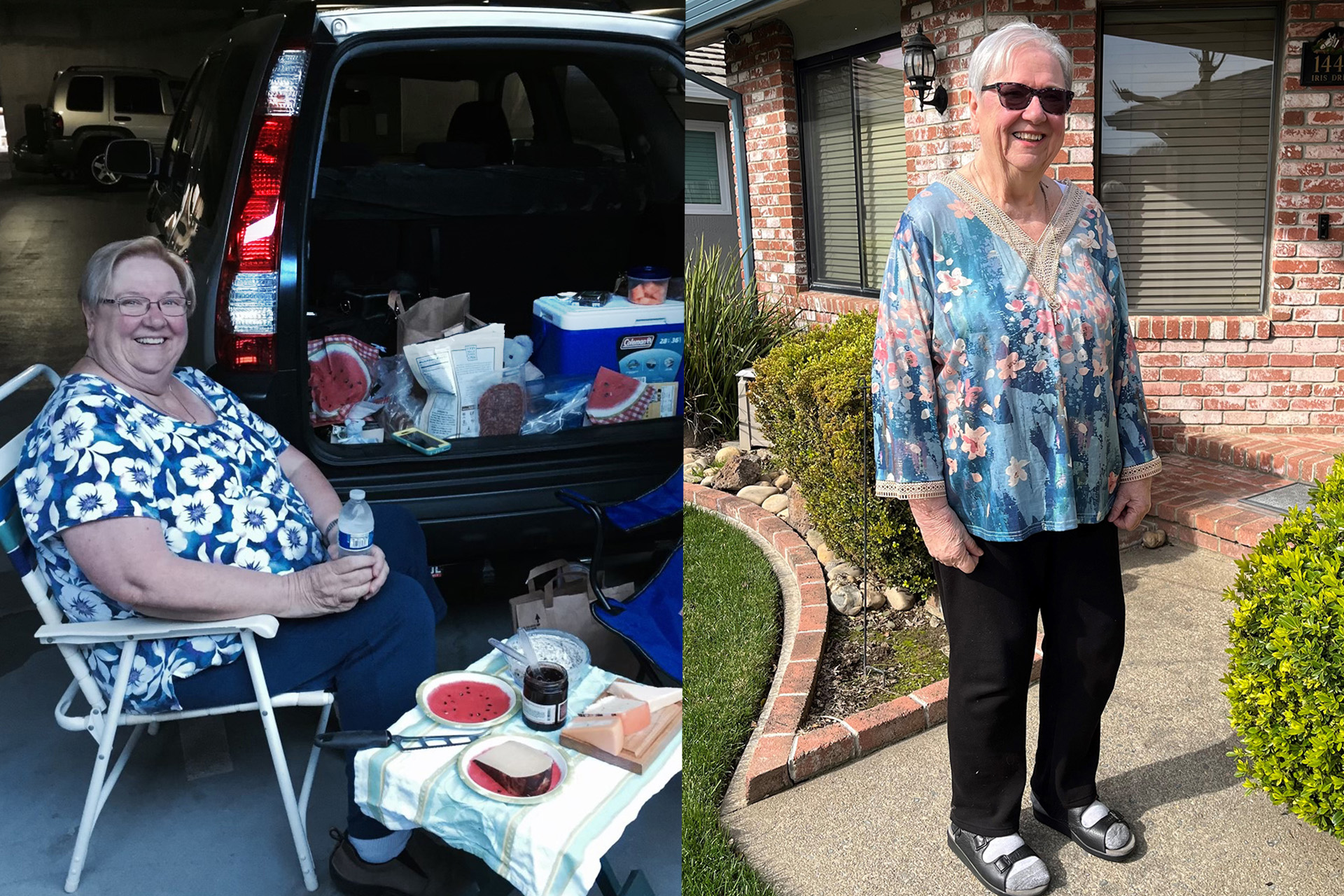From alcohol to fentanyl and every drug in between, overdose deaths in the last 2 years have been devastating for individuals and families.
According to the American Medical Association, teen drug overdose deaths — largely fueled by fentanyl — increased 94% from 2019 to 2020; overall drug deaths were the highest in 2020 compared to any year between 1999 and 2019; the drug overdose death rate for Black people went up 48% from 2019 to 2020 and 40% for Latinos; and in 2020 alcohol deaths among people over age 16 rose 25% over the previous year.
We sat down with Kaiser Permanente Sacramento Medical Center addiction medicine psychiatrist Christopher Zegers, MD, who has worked at Kaiser Permanente 31 years, to find out what he believes is behind the increase and how individuals and families can understand addiction and encourage someone to get help.

What is behind the increase in addiction and overdose deaths?
It most certainly coincided with the onset of COVID-19. To deal with the increase in isolation people are turning to substances such as fentanyl, which is easily available, and the opioid epidemic really accelerated. In a broader sense, our culture is uncomfortable with anxiety in general, so people think, “How can I reduce it?” Turning to substances can be a big rush, but it’s temporary, and there are consequences.
What are the behavioral signs of substance abuse?
Aside from someone who is obviously cognitively impaired, a person may become more isolated and withdrawn, be more irritable, have more than the normal mood swings, or for teens, falling grades are something to keep an eye out for. Substance abuse is an illness of isolation and shame, so it’s important to look for that in others.
When is a good time to seek help?
I call it the 3 Cs. People should get help when they have the compulsion to continue despite consequences. If they are experiencing negative consequences, such as depression, relationship issues, or job or legal issues, they know they should get help.
What does help look like at Kaiser Permanente?
Our therapy program lasts 1 year. Typically, we start with individual and group talk therapy sessions 3 to 7 days a week, and participants are expected to attend outside groups such as Alcoholics Anonymous. For opioid addictions, we can prescribe Suboxone, a drug that takes away cravings. If the Suboxone therapy works for the patient, they are best served by taking it for many years, and Kaiser Permanente will continue covering the cost after they have graduated from our program. Drug screens are a mandatory part of our program, which is our way of monitoring a person’s progress.
How successful is the Kaiser Permanente program in getting people to recover?
For people who complete our yearlong program here in Sacramento, 66% are clean and sober 9 years out. That’s very good considering the overall relapse rate for people on opioids is up to 95% and for alcohol it can be up to 50%.
What is the first step in getting help? Do people need to see a doctor first?
Kaiser Permanente members don’t need a referral from their doctor to seek care within Kaiser Permanente. The Kaiser Permanente Addiction and Recovery website has helpful self-guided assessments and an “I need help now” list of phone numbers.
Is drug and alcohol addiction preventable?
Yes. People who have 1 or 2 genetic parents with a problem in the past or present have 7 to 10 times the risk of developing a substance abuse disorder compared to the general population. If that is the case, they need to be especially careful and educate and warn children for alcohol, opioids, and cannabis.
How can we talk to someone we think may have a substance abuse problem?
We often ask what people hope for in life, and then we ask, “How is the substance getting in the way of that?” But if you just tell someone they have a problem, they are going to get defensive. It’s best to talk about it from a place of love. You might say, “I care about you, and you mean a lot to me. I’ve noticed you’ve been withdrawn. How can I help?”
For more information, visit the Kaiser Permanente addiction and recovery website.





This Post Has 0 Comments